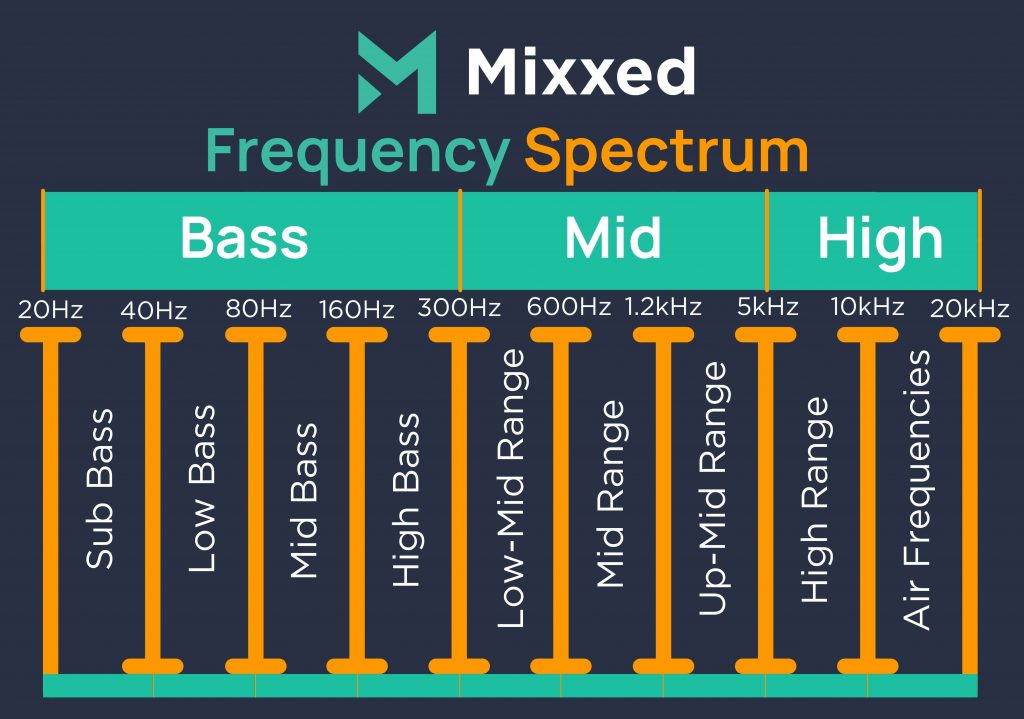How to Make Minimal Lofi Drums
Lo-fi music continues to rise in popularity. The “Lofi Fruits” playlist by Strange Fruits Music attracts almost four million followers. Wouldn’t you like to join the party?
To do that, we better start talking about how to make Lo-fi music. First, we’ll talk about Lo-Fi drums. There is more than one way to make Lo-f drums. We’re approaching the job with a minimal style in a minimal style in mind.
By minimal, we mean we don’t want our Lo-fi drums to be dominant in the mix. Rather, we want them to carry the beat while not removing it from our melody and the main loop.
How to Make Lofi Drums
To begin making our Lo-fi drum loop, we’re going to work from the top down. We’re going to start with a hi-hat. Throughout our Lo-fi drum-making process, we’re going to use samples that aren’t overpowering. We want samples that take up little room in the high end so our melody can still be clearly audible. But this is only the technical perspective. When listening to Lofi, you’ll notice that it sounds old and pretty dated. This is because the sounds have been thinned out in order to sound like a 90s cassette in an old car stereo.
Use samples that aren’t overpowering so your melody/loop is clear to your listener.
With this principle in mind, find a hi-hat sample that is gentle. Or you could make your own hi-hat. Crash hats are no good, and open hats may be too full too. With a closed hat, we have room to work.
When you have the sequence of your hat down, insert an EQ onto your hi-hat channel. Using a low pass sweep, begin removing the high end from the hat so that it no longer has any rich frequencies that sound out of place in a Lofi beat.

Your next step is to follow the same process but using a high pass sweep on the low end of the hat. Cutaway any frequencies under 5kHz until the hat begins to sound much less full. Again, experiment and don’t be afriad to keep some frequencies if they add value to the sound.
The idea is to maintain as much space in our mix and not allow any of our drums to be a dominant force in the track.
Now that you have a hollowed-out hi-hat, why not layer a shaker underneath it? Follow the same process with an EQ too and thin the shaker out from the high and the low ends. Once you’re happy with the sequences of your hat and shaker, and they sound thin enough to sit in your Lo-fi beat, we can begin working on our snare drum.
How to Make a Lo-Fi Snare Drum
You have your percussive rhythm down, so it’s time to start working on a snare drum. Find a snare drum that doesn’t take up too much room and sounds pretty gentle.
As we did with our hi-hats, begin slicing excess high and low-end frequencies. Remove high and low frequencies until the snare drum sounds thin, but not too thin.
To add some bulkiness to your snare drum, layer a rim shot underneath for a bit more liveliness. Again, thin out the rim shot out.
How to Make a Lo-fi Kick Drum
And, finally, we have the kick drum.
As with all of our other Lofi drum elements, we want to thin the kick out. When thinning out the low end, make sure you don’t remove too much of the low end as the kick will sound too limp. Use your ears and keep the kick alive while still thinning it out from the top and bottom. We csn say with certainty that you can get rid of any frequencies below 40 Hz.
Now, your Lo-fi drums should be sounding both snazzy and thin. If you insert a spectrograph, such as Loxengo SPAN, onto your master channel you’ll notice that the high end of your beat is pretty empty.
To resolve this issue, we have the last step in our minimal Lofi drum making – and that’s adding tape static.
Static noise is used as an aesthetic characteristic in Lofi. But it’s also a tool too! Use a high pass sweep to remove the excess low end of the noise so that it’s not too overpowering.
To save yourself some time, you can find some Lo-fi drum samples that are ready to go on the Mixxed site!
The sampling revolution has risen in popularity and shaped music since the early 1970s. Sample culture continues to transform how millions of artists and producers do their thing in DAWs.
You too can break conventional norms, challenge the status quo, and open Pandora’s box of sound design.
Mixxed works with a growing number of sample labels and contributors to provide you with an affordable sample subscription service that’s more accessible than any before.
You’ll have access to our growing catalogue of loops, one-shots and sound effects that you can browse, download and keep forever for less than $3 a month.
Sign up today to find your sound!
